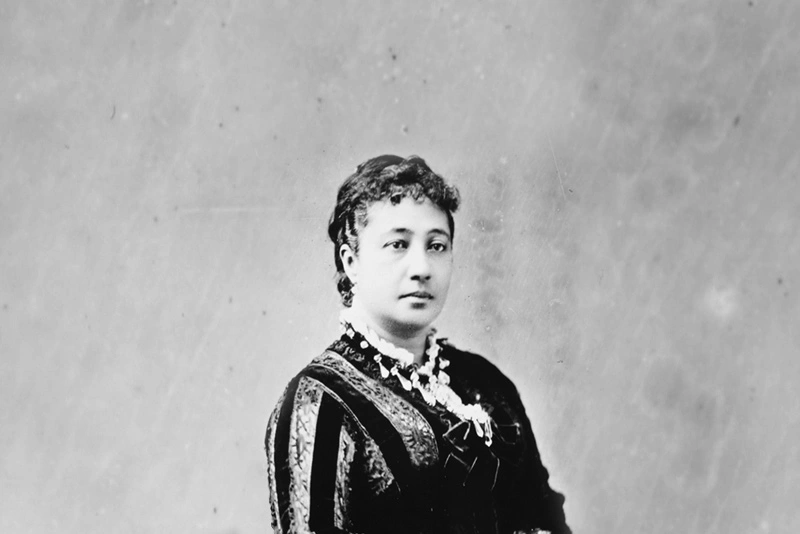With the recent surge of COVID-19 cases on our shores and throughout the world, we remain committed to the health and well-being of our students, staff, and families as our highest priority and protecting the continued benefits of in-person learning.
We mahalo our grade 4, 5, 6, and 9 haumāna and kumu for piloting the SaferMe program at our kula, Kamehameha Hawaiʻi will rollout our badge program for all students, faculty, and staff on-campus starting in January. As was announced in October, SaferMe is a valuable tool in adding precision and accuracy to our contact tracing process.
Next week, division poʻo will be communicating with haumāna and hoa kumu about when badges will be received, training for syncing your badge, and reinforcing expectations for use. This includes what to do when you don’t have your badge. By the end of the month, we expect the program to be fully operational and be a reliable source for contact tracing if needed.
SaferMe badges must be worn on-campus and on bus transportation whenever feasible. Exceptions include sports, especially when competing or in water-based activities, and physical education courses such as biking or swimming. Since no one can predict when, where, or with whom a case may occur, it is critical that everyone take this small step of wearing this badge each day you are on-campus so that we can protect each other.
The number one thing that SaferMe delivers is certainty. If worn properly and consistently, contact tracers are able to confirm that contacts do meet the criteria for close contacts established by the Centers for Disease Control and Prevention (CDC) and the Hawaiʻi Department of Health (DOH). A close contact is defined as any one within 6 feet for a combined duration of 15 minutes or more over a 24 hour period. That quantifiable certainty gives our COVID-19 response team the data needed to release those who do not meet that minimum interaction to be considered a close contact, where they may have been identified as such through a manual tracing process.
We did learn several important things from the pilot:
- It will take a kākou effort for SaferMe to work the way it is intended. That means remembering to wear your badge and to sync at designated times consistently. If we don’t have reliable data, then the badge loses its level of effectiveness.
- Any change can be difficult to understand and not everyone agrees with the safety measures in place. This is where we, as a kauhale committed to safety, need to ask for trust and understanding that we have done significant due diligence in securing this program. SaferMe wasn’t just stood up without a lot of consideration; it is safe to use, preserves privacy, and does not track a user’s location. Preserving in-person learning and getting students back to a normal KS Hawaiʻi experience is our ultimate goal. We also know there will be questions, and that misinformation continues to circulate. So our Wearable Badge FAQs will continue to be updated to answer questions and provide information.
- SaferMe is valuable in identifying close contacts during unstructured times, especially in relation to transportation, when students are waiting for buses. Allowing contact tracers to identify those who may be impacted, allows students and ʻohana to take precautionary measures to protect themselves.
- There were a number of requests for alternatives to the lanyard, and our team was able to identify solutions that could work if employees or students require a different wearable solution.
One of the biggest reasons for students and employees to make sure that SaferMe is successful is that there is potential once conditions stabilize in Hawaiʻi that the badges can be utilized in place of other, more restrictive safety measures that limit movement and interaction. The badges are able to account for those interactions so those who are close contacts can be identified. In demonstrating that we have an effective solution in the event of a case, we are afforded more flexibility to make those adjustments when it is appropriate to do so and the likelihood of a case is reduced.
We ask for your continued vigilance to the protocols in place, so we can continue to manage and provide in-person learning during this pandemic. Wear your masks, wash and sanitize hands, try to keep safe distances (particularly indoors) from people outside of your immediate ʻohana bubble. If you are not feeling well, please stay home; if you test positive or are a close contact, please notify your poʻo immediately.
Enjoy your new year celebrations safely and we look forward to a better 2022 together!
Mālama pono!
TAGS
ks hawaii,hawaii campus,culture of safety,campus safety,covid-19
CATEGORIES
Kaipuolono Article, Hawaii Newsroom, KS Hawaii Home, Hawaii Elementary School, Hawaii Middle School, Hawaii High School, Newsroom, Campus Programs, Hawaii, Hawaii campus, Kapalama campus, Maui campus
Print with photos
Print text only










